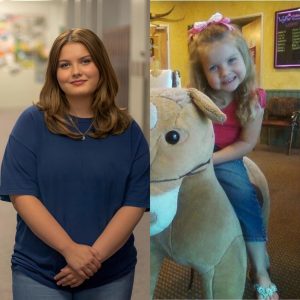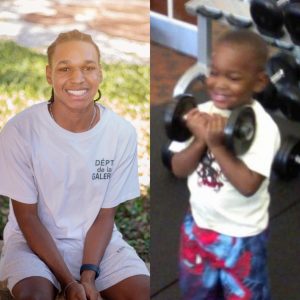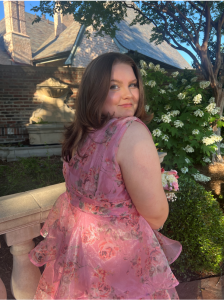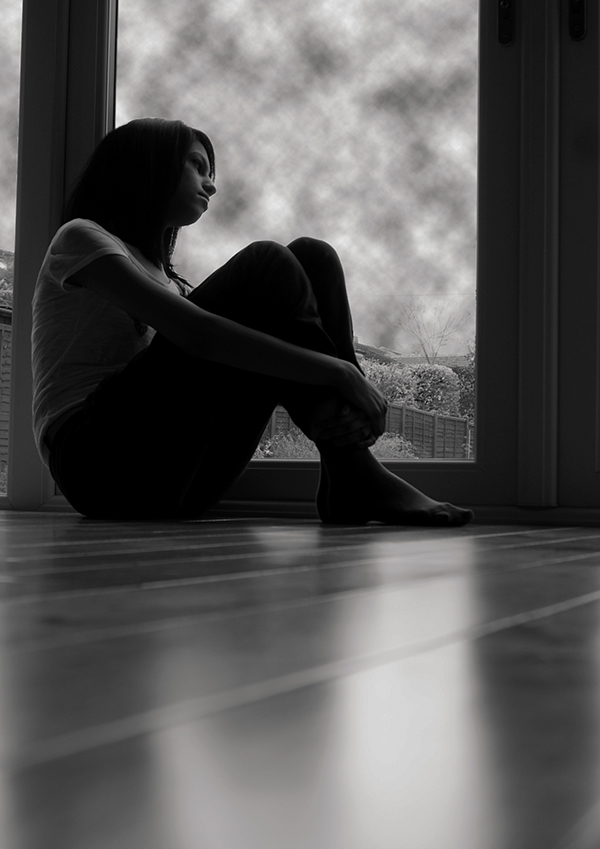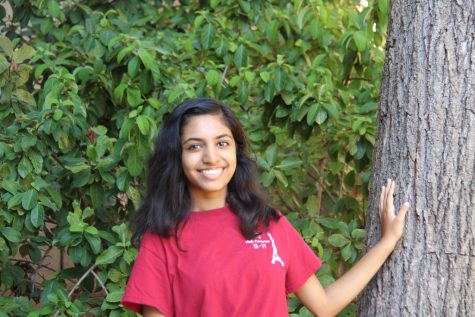Disorder causes depressive episodes based on the weather
Most with S.A.D. feel the strongest effects in bad weather.
March 28, 2019
Most people have a basic understanding of depression, but one lesser-known type would be Seasonal Affective Disorder, which fluctuates depending on the seasons, according to the National Institute of Mental Health.
Junior Caroline Morris, who has the disorder, said, “Because of the lack of sun, it becomes a very drowsy and weary environment. Depression and anxiety spike, and everything seems to become dark and gloomy.”
Although Morris’s case, in which symptoms start in the winter and end at around the spring and summer seasons, is more common, there are also some rarer cases in which the reverse is true, as well. In any case, the symptoms remain the same: people experience sadness, a loss of interest in once-enjoyed activities and a lack of energy, all of which correlate with other forms of depression.
There are a variety of treatments for SAD according to Mayo Clinic, including light therapy, psychotherapy, and different types of medication. Light therapy, where sufferers of the disorder keep a strong light source such as a lamp beside them to alleviate their depression, is the main treatment for SAD.
Simple lifestyle changes are also recommended to help alleviate the negative effects of SAD. Since the symptoms of the disorder are supposed to correlate with the weather outside, going out in the sunlight and getting some light exercise is recommended. It may also do an affected person good to get some more sleep and stay close to their loved ones. Physical health plays a big role in a person’s mental health, after all.
“Surrounding myself with people who truly care and having friends there for me always helps me get through dark times,” Morris said.
While there is no way to pinpoint an exact cause of this disorder, Mental Health America lists some possible causes that include a disruption in a person’s circadian rhythm, a drop in serotonin levels in the body or an altered balance of melatonin levels.
Other risk factors of SAD, according to Mayo Clinic, would include family history, having another form of depression such as bipolar disorder and living far from the equator. Someone would also be considered more likely to develop this disorder if they were female or of a younger age, according to the National Institute of Mental Health.
Critics of the concept of Seasonal Affective Disorder assert that confirmation bias, among other reasons, could be the reason why people have the disorder even though they do not. However, those claiming to have the disorder would strongly disagree.
“I feel like it’s one of those things that you can’t really understand if you don’t have it. It sounds like something that’s just made up, but it really does affect people, and it’s not something that we should have to validate,” Morris said.

